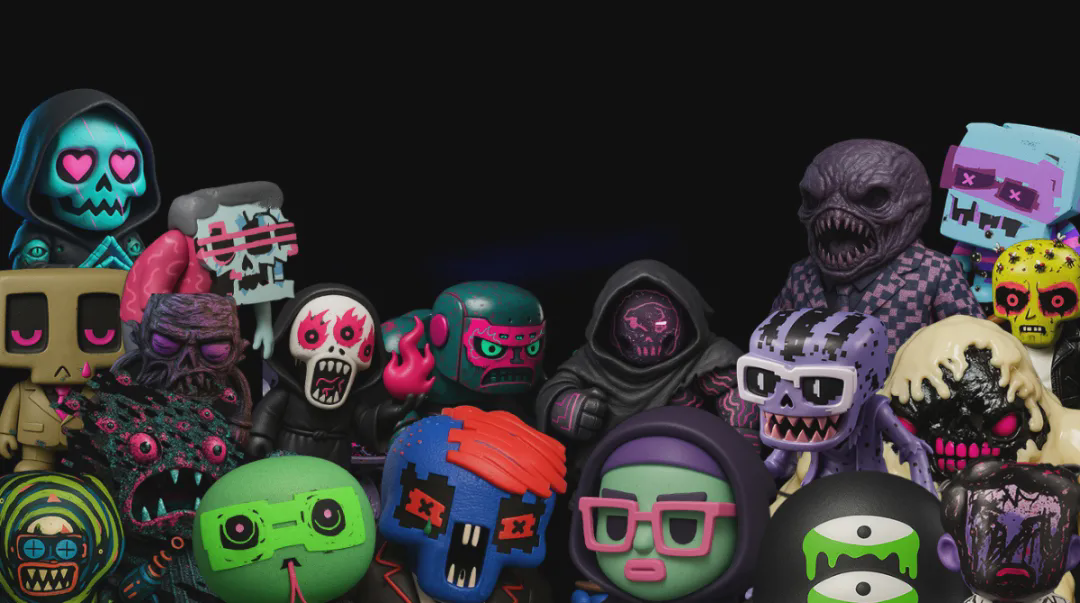
Nuclear Samurai is known for his rich visual storytelling and experimental use of AI tools. He has quickly become a unique force in the field of post-photography. With a background in photography and a love for narrative-driven art, he brings a unique perspective to the Web3 creative world.
His latest series (X FIGURES) pays homage to XCOPY's CC0 legacy in a playful and reverent way - reimagining iconic works as collectible action figures through a meticulous creative process that blends sketching, generative tools, and hand-finished details, resulting in a collection of 404 pieces whose technical ambition is matched by its emotional resonance.
We interviewed Nuclear Samurai to talk about his artistic journey, how photography influences his views on artificial intelligence, the power of remix culture, and how he will continue to build community through creativity.
Note: This record has been edited for length and clarity.
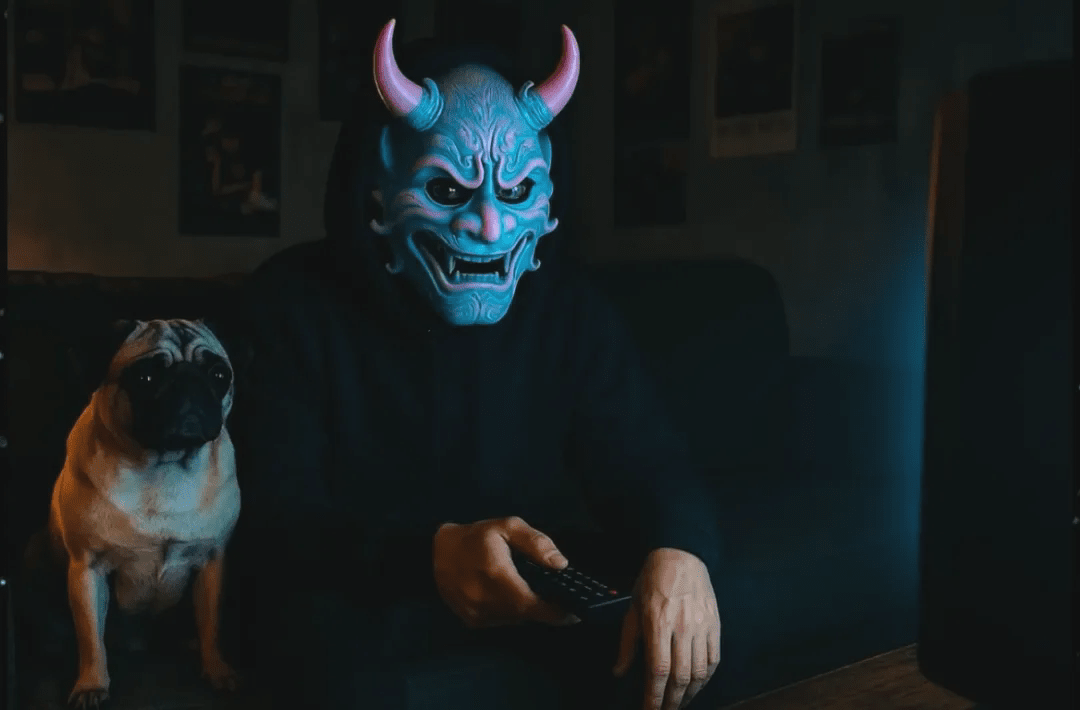
OpenSea: Let's start from the beginning - what sparked your passion for visual arts, and how did you transition from traditional photography to AI-generated artwork?
Nuclear Samurai: I've been drawing since I was a child - drawing everything. My family was very encouraging of me to draw, even though I wasn't very good at it at the time, but I kept drawing. I grew up in a very tech-enthusiastic family in the 90s - my family were all computer collectors - so I've always felt like a digital native. I started using Microsoft Paint and CorelDRAW around the age of seven, before Photoshop existed.
Later, as a teenager, with encouragement from my teachers, I started using Photoshop and graphic design, but I didn't go directly to art school. After high school, it took me ten years to get into art school, during which time I picked up a camera as a reference for painting, eventually embarking on a 15-year photography career.
Photography taught me everything about light, composition, and storytelling, but eventually I reached the limits of my abilities. After being fired from a job I wasn't good at, I had the opportunity to go to art school, which was a huge change for me - it reignited my creative passion and gave me the technical and conceptual foundations I needed.
2022 arrived, a life-changing year - my father passed away, my daughter was born. These events made it clearer what I wanted: to be a full-time artist. It was then that I discovered AI art and blockchain. I had followed OpenSea since 2017, but never acted on it. In 2022, I finally created my first works.
Shortly after creating works on OpenSea, I was accepted into the Midjourney Beta project and discovered AI. AI opened up creative freedom for me - as if suddenly, I could turn those surreal, expressionistic ideas in my head into reality, without the physical limitations of photography.
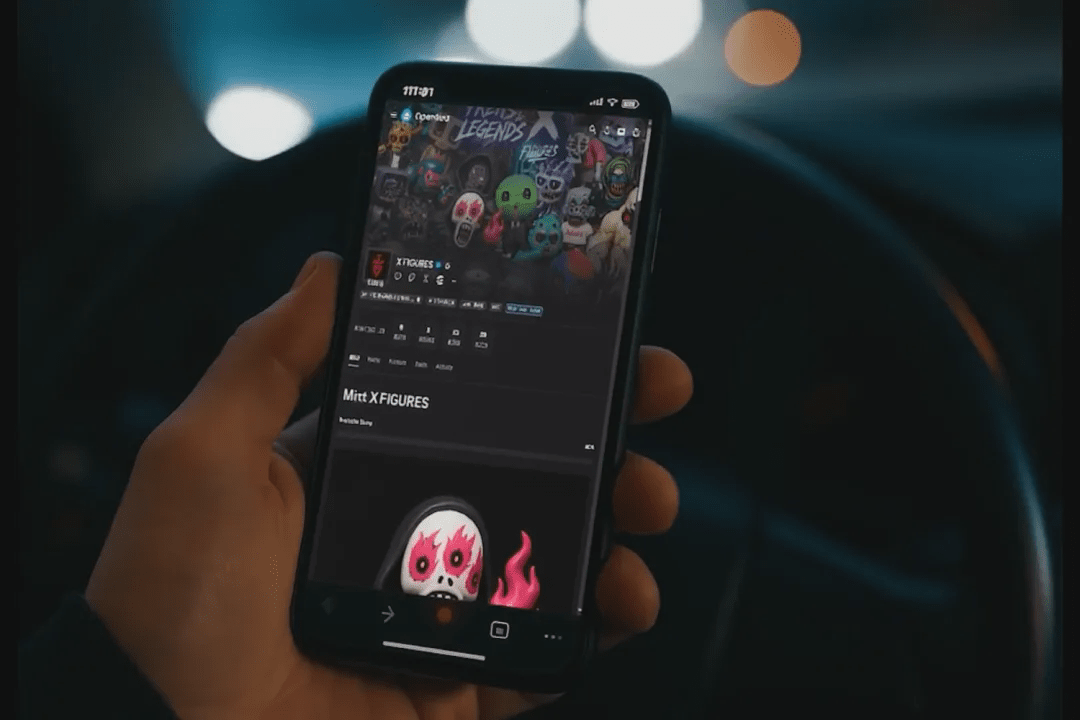
OpenSea: You worked as a commercial photographer for nearly a decade. How has that experience influenced your current approach to creating AI art?
Nuclear Samurai: In many ways, photography honed my ability to tell stories, compose shots, and use light. I also became very skilled at retouching, which was very useful when early AI tools needed a lot of polishing.
Even now, I still treat my AI works like photographs - color grading, composition, giving them emotional weight. The fundamentals of photography have given me a unique perspective, allowing me to create AI art through it, especially in my more narrative or post-photographic works.
OpenSea: What attracted you to AI art as a medium? What did the initial exploration look like?
Nuclear Samurai: When I first encountered Midjourney in 2022, it felt like someone had kicked open the door to a room I had been longing to enter for years. I suddenly had a tool that allowed me to turn my most bizarre and ambitious ideas into reality. I didn't sell any work for the first six or seven months, but I didn't care - I was doing the work I had always wanted to do.
Of course, I also fell into some common traps - joining some unproductive nurseries, wasting a lot of time hoping someone would buy my work, but eventually I found a space that wasn't about transactions, just a group of people getting together and talking about art.
That's when things changed, I found a real community, and that was my secret. Once I stopped trying to sell and focused on building connections, everything opened up.
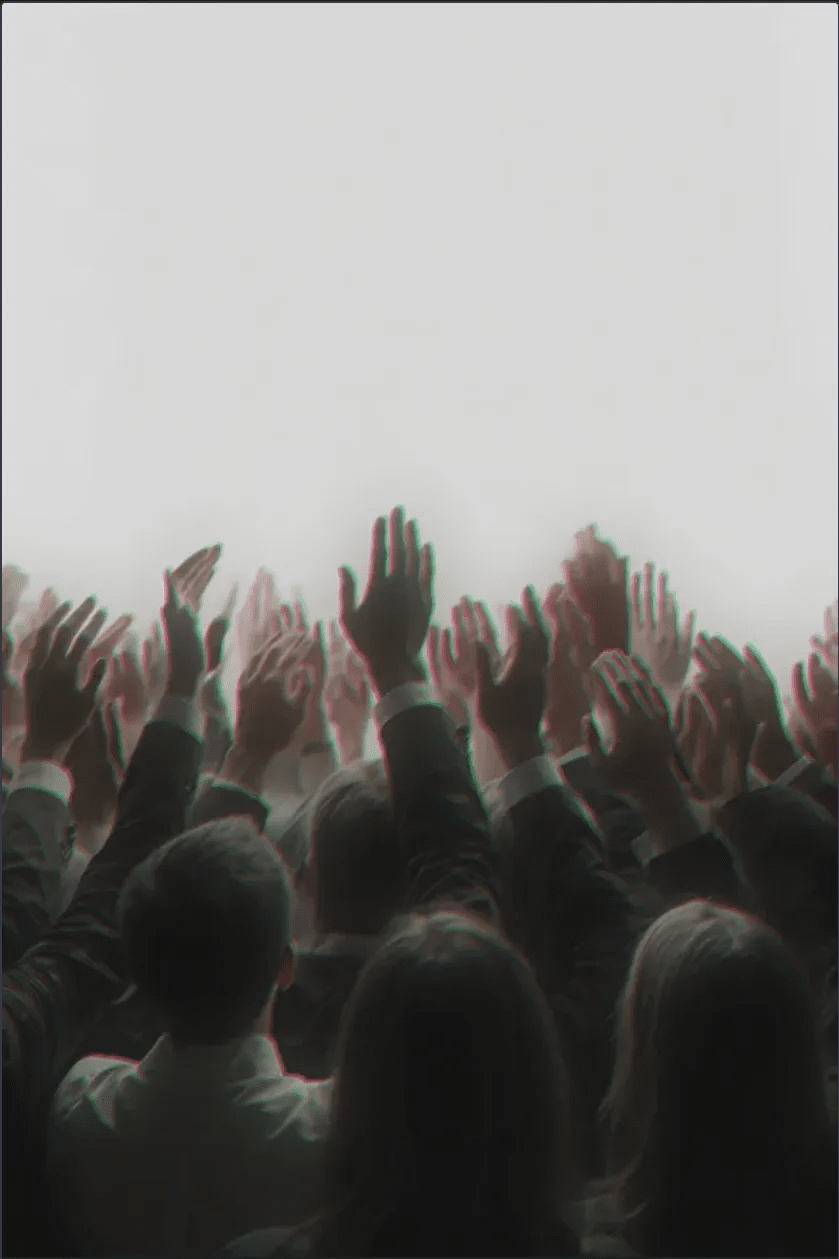
OpenSea: Your style has been described as 'post-photographic' and is rooted in narrative. Can you explain what this means? How does it manifest in your work?
Nuclear Samurai: Post-photography is not just about creating photorealistic images with AI, it's about exploring the essence of photography. For example, the (Baptism) project attempted to manipulate the viewer's emotions through AI-generated documentary-style fictional images of the 1996 Manhattan flood. I deliberately designed these images to be realistic, urgent, and heartbreaking, in order to highlight how easy it is to fabricate 'truth' today.
The title (Baptism) itself is symbolic - it's about crossing the boundaries between the pre-AI and post-AI worlds, between fact and fiction. So for me, post-photography is about this kind of commentary. Not all AI art is post-photography, but when it examines images and our perception of images, it falls into the category of post-photography.
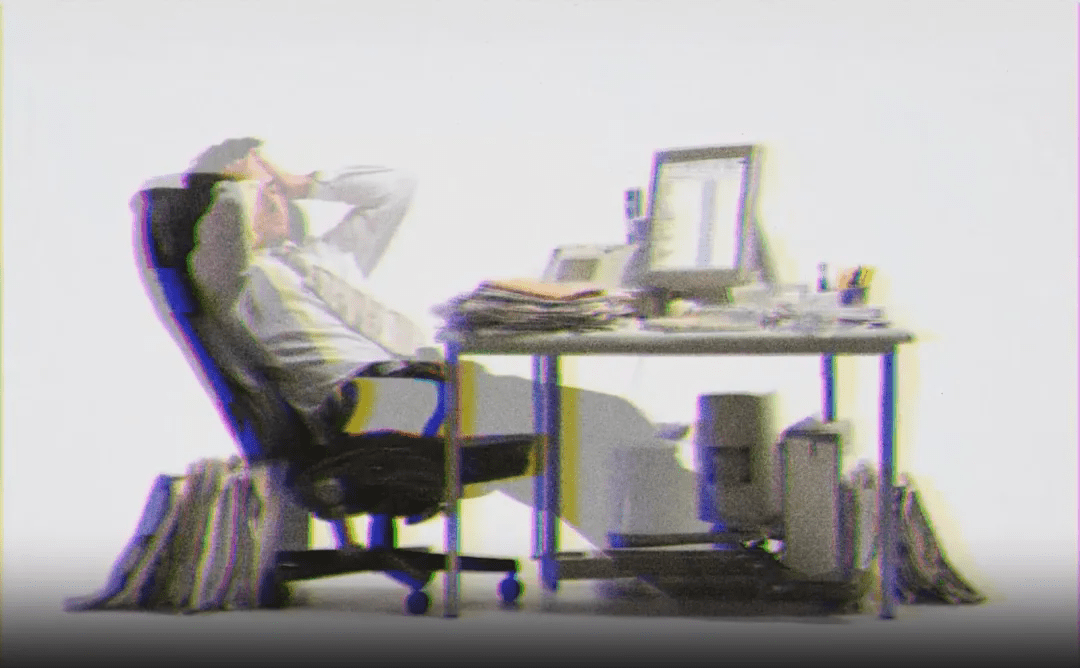
OpenSea: Can you walk us through your typical creative process - from conception to final output?
Nuclear Samurai: My creative process usually starts with a sketch - with a pen or tablet, I'll use the sketch as a blueprint and input it into an image-to-image tool. This helps me break through the AI's default settings, because AI models tend to standardize the output unless you guide them.
Since then, I've iterated a lot, and I'll use whatever tool is right for the piece: Midjourney, ComfyUI, DALL·E, GPT-4 with Vision, Luma, Ideogram, Runway.
I often combine or retouch the results, and in projects like X FIGURES, I cycle through various tools depending on the specific look or emotion I want. It's intuitive, but it's also based on structure - I'm building worlds, not just images.
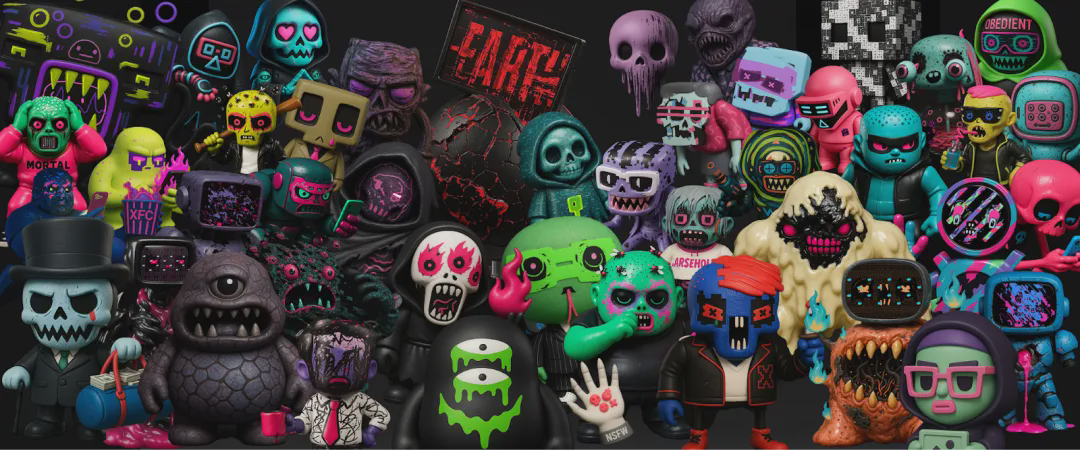
OpenSea: Let's talk about your latest work on OpenSea, (X FIGURES). What inspired you to adapt XCOPY's CC0 works into a world of action figures?
Nuclear Samurai: To be honest, it started as a joke. I made some action figure models using my friend's early work (DALL·E) as a kind of roast - using DALL·E's early work, then modifying the text with Photoshop. Later, people started asking me to make action figure models of people I didn't know, which led me to research artists in the field that I hadn't encountered before, which benefited me greatly.
Ultimately, I wanted to do an XCOPY, but he was too mysterious - I couldn't find much information about him, only his work. This forced me to delve deeper into his product catalog. At the time, my daughter loved gashapon machines, so I thought: what if I turned XCOPY's world into collectible gashapon toys instead of boxed action figures? This gave me the creative freedom I needed.
OpenSea: From a technical standpoint, how did you approach X FIGURES?
Nuclear Samurai: Each figure starts with a sketch. I'll analyze XCOPY's work and sketch out what I envision the figure looking like - how many arms, how many eyes, and what accessories. Then, depending on the style I want, I'll process it with different tools. Some are done with custom models from ComfyUI, some are done with Krea or GPT-4 Vision.
Sometimes I'll retouch or illustrate on top of it, the goal is to be faithful to the artistic spirit of XCOPY while incorporating humor, absurdity and my own personal aesthetic. I'm not trying to copy his work, but to respond to it.
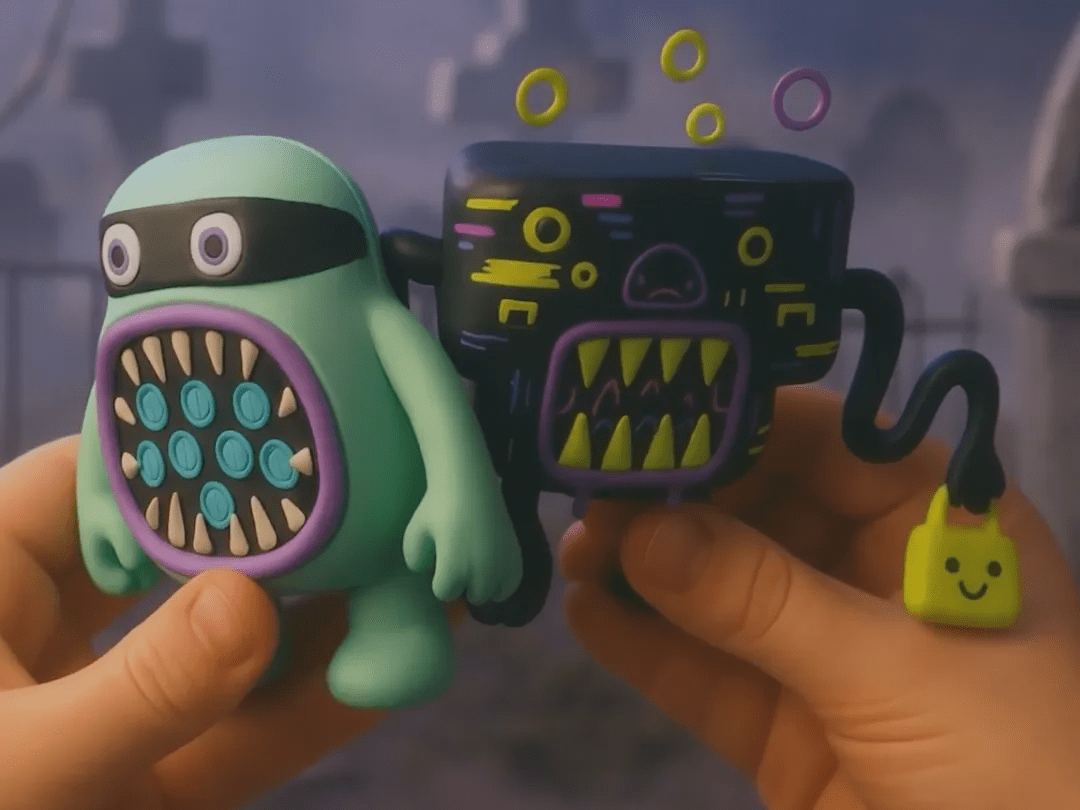
OpenSea: Collectors are reacting strongly to the nostalgic aesthetic. What specific pop culture inspirations are behind this?
Nuclear Samurai: Absolutely, gashapon toys, Pokémon, 90s packaging - I wanted it to be fun, tactile, and familiar. But I also deliberately broke the conventions of packaging because they started to feel somewhat limiting, so most of the figures are unboxed, which gave me more freedom to experiment with shapes and silhouettes.
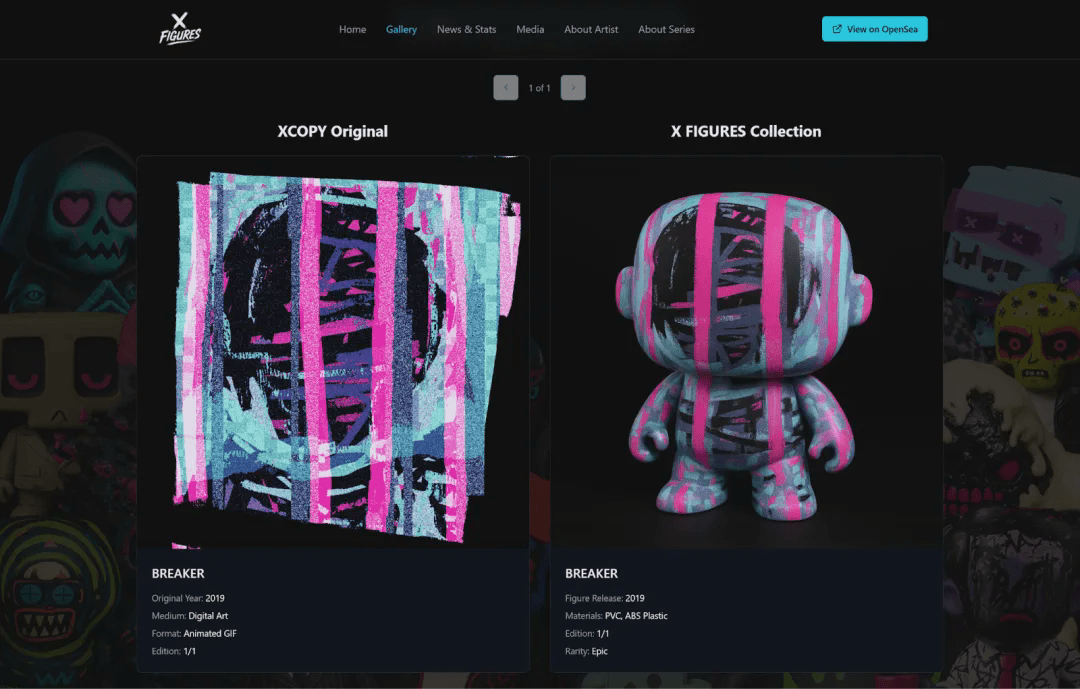
OpenSea: This series is like a love letter that blends culture and CC0. How do you view the creative potential of open-source art in the Web3 era?
Nuclear Samurai: It's everything. XCOPY named his work CCO, which gives artists like me the ability to improvise in a completely original way. This spirit of open remixing - creating meaningful and interesting derivatives - is one of the most exciting things about Web3.
I've seen people 3D print X Figures themselves, and I encourage that, that's the point. You don't need my permission - it's CCO, the whole project is more like a script or tribute than a commercial product, it's about fun, tribute, and learning.

OpenSea: What are your next plans?
Nuclear Samurai: I'm brewing up something, one is to create a companion website for (X FIGURES), where collectors can see the original (XCOPY) works and my interpretations. I hope people can feel the connection between the two.
I've also launched a public alter ego - the same me, a new aesthetic, all elements concentrated in one wallet, with a more compact narrative line, it's easier to get started with and more experimental, the name is NUKE (aka Nukedoteth), stay tuned.
I'm also in preliminary talks about physical products, but I can't guarantee anything. Manufacturing costs are high, progress is slow, and it may not even happen at all, but if someone wants to produce it themselves, go for it, that's the beauty of CCO.
OpenSea: Any advice for artists exploring AI or getting into NFTs?
Nuclear Samurai: Do what excites you, show your work, and don't worry if it doesn't sell right away - mine didn't sell either. Focus on building real connections, not just sales. Remember: even the most successful artists need time, look at XCOPY, he's had a long journey, but he's never stopped, that's the lesson.
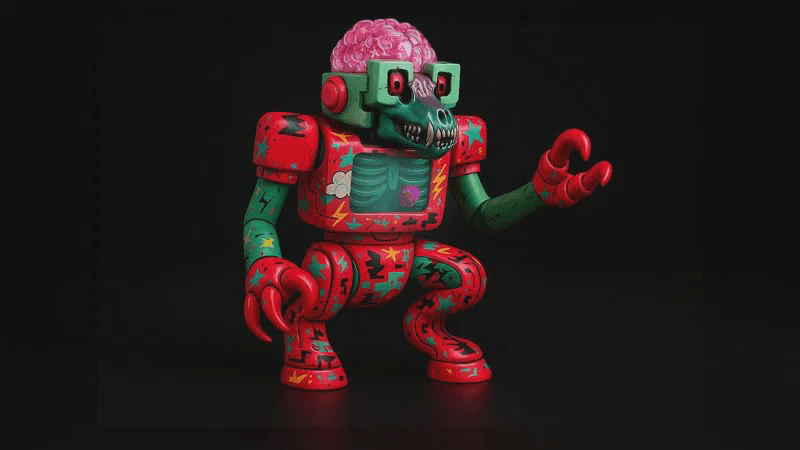
Content you care about on OpenSea
Browse | Create | Buy | Sell | Auction

Collection Follow OpenSea Binance Channel
Stay up to date
